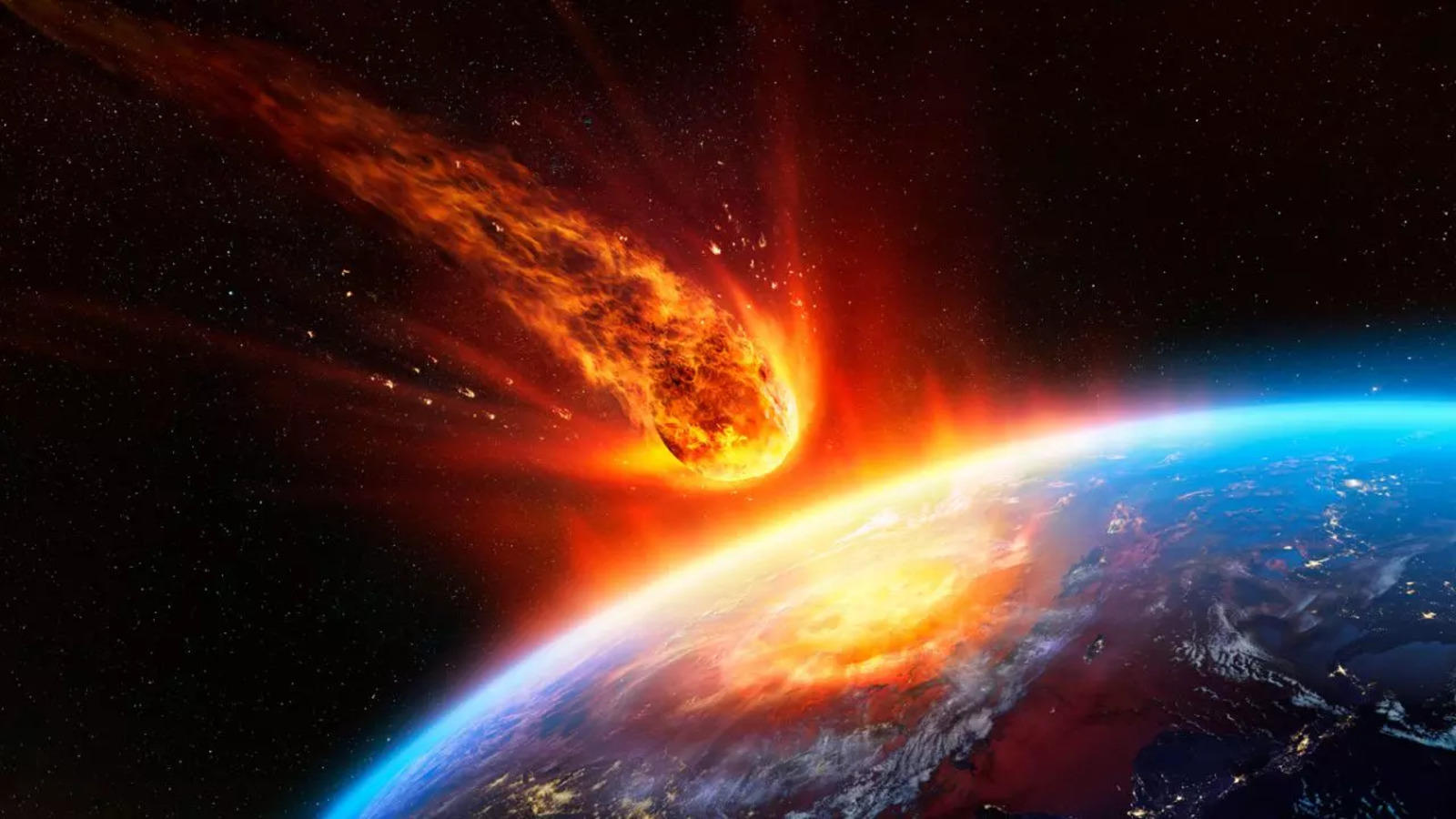Asteroids are remnants from the early formation of our solar system, about 4.6 billion years ago. These space rocks come in all shapes and sizes, ranging from small pebbles to massive objects spanning hundreds of kilometers. While most remain in the asteroid belt between Mars and Jupiter, some occasionally veer off course, making a close pass by Earth. This interaction between Earth and asteroids, though mostly uneventful, often captures the public’s imagination due to the potential dangers these space rocks can pose.
In September 2024, the asteroid 2024 ON will make a close approach to Earth, an event that has drawn significant attention from both scientists and the public. But what exactly does this mean for Earth? Let’s dive into the world of asteroids, understand their relationship with our planet, and explore whether we should be concerned about this upcoming close encounter.
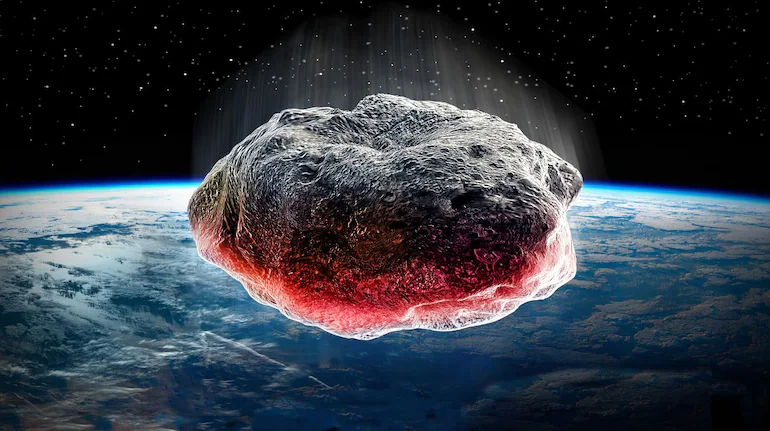
What Are Asteroids?
Asteroids are rocky, airless remnants left over from the early formation of planets. Most are found in the asteroid belt, a vast region located between Mars and Jupiter where millions of these space rocks reside. However, not all asteroids remain confined to this belt. Over time, gravitational interactions with planets or other forces can cause some asteroids to stray from their typical orbits.
There are different types of asteroids, classified mainly based on their composition:
- C-type (carbonaceous): These are the most common type of asteroids, making up about 75% of known asteroids. They are rich in carbon and have a dark appearance.
- S-type (silicaceous): Composed mainly of silicate materials and nickel-iron, these asteroids are brighter and make up about 17% of known asteroids.
- M-type (metallic): These are made mostly of metallic iron and nickel and are much rarer.
Asteroids can range in size from just a few meters to hundreds of kilometers. The largest asteroid in our solar system, Ceres, is around 940 kilometers wide and is classified as a dwarf planet.
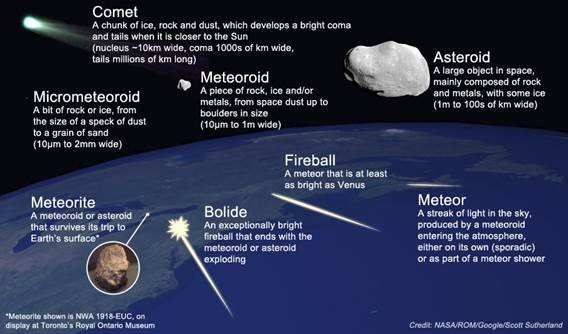
How Often Do Asteroids Pass by Earth?
Every year, thousands of asteroids are tracked as they pass close to Earth. The term “close” in astronomical terms often means millions of kilometers away—still far enough to pose no immediate threat. NASA has categorized any asteroid or comet that comes within 7.5 million kilometers of Earth as a “near-Earth object” (NEO). Despite their close proximity, very few pose any real danger due to their small size or because they pass at safe distances.
Asteroid impacts are incredibly rare. The majority of near-Earth asteroids either burn up in the atmosphere or miss the planet entirely. For those that do make it through Earth’s atmosphere, many are small enough to disintegrate before causing any significant damage.

The September 2024 Event: Asteroid 2024 ON
One of the more exciting upcoming events is the close approach of asteroid 2024 ON in September 2024. This asteroid, estimated to be between 210 and 500 meters in diameter, is large enough to attract significant attention from scientists and space agencies. On September 15, 2024, the asteroid is expected to pass within 0.62 to 1 million kilometers from Earth. Although this may seem close, it is more than 2.5 times the distance between the Earth and the Moon, meaning there’s no risk of collision.
NASA’s Jet Propulsion Laboratory (JPL) and the European Space Agency (ESA) are closely monitoring the asteroid. Using radar and optical telescopes, scientists are tracking its trajectory to ensure it remains on course for a safe flyby. The close proximity of 2024 ON makes it an ideal candidate for further study, offering scientists an excellent opportunity to examine its composition and gather data for planetary defense efforts.

Should We Be Worried About Asteroids?
The question on many people’s minds is, “Could an asteroid ever hit Earth and cause significant damage?” While Hollywood movies often dramatize asteroid impacts, the reality is much less alarming. NASA and other space agencies around the world are constantly tracking NEOs to identify any potential threats long before they come close to our planet.
Asteroids like 2024 ON, which are a few hundred meters in size, could cause substantial damage if they were to impact Earth. However, space agencies have sophisticated systems in place to detect and monitor these objects. NASA’s Planetary Defense Coordination Office (PDCO) is specifically tasked with detecting and tracking near-Earth objects and coordinating any response if a potentially hazardous asteroid is identified.
In the case of 2024 ON, scientists have determined that the risk of an impact is virtually zero. This asteroid will pass by safely, and while it’s close in astronomical terms, it poses no threat to Earth.
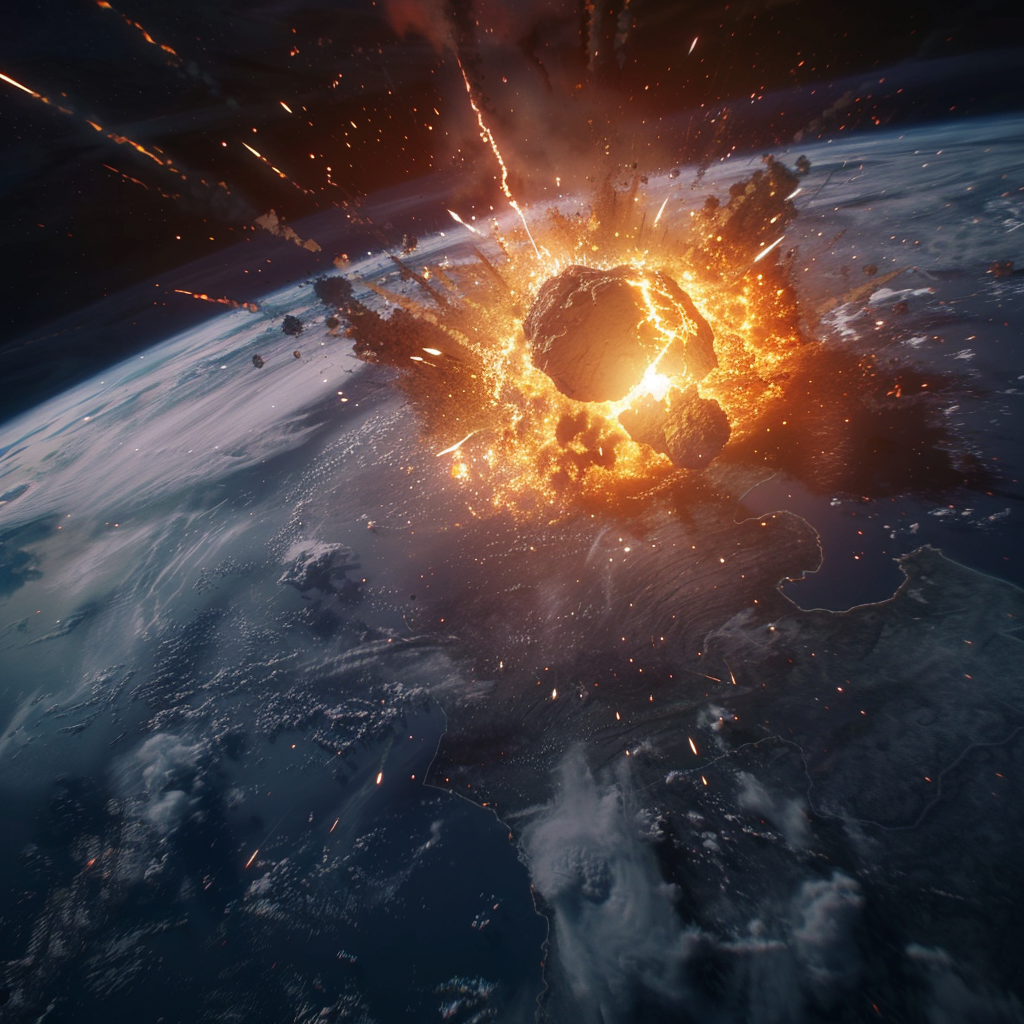
The Role of Planetary Defense
Planetary defense is the branch of space science dedicated to protecting Earth from asteroid impacts. One of the key aspects of planetary defense is the early detection of potentially hazardous asteroids. NASA and ESA have developed advanced technologies to detect and track asteroids, including ground-based telescopes and space missions designed to study these objects.
For example, NASA’s DART (Double Asteroid Redirection Test) mission, which launched in 2021, is one such planetary defense initiative. DART aimed to test whether it’s possible to deflect an asteroid by crashing a spacecraft into it. The mission targeted a binary asteroid system called Didymos and demonstrated that humanity could potentially prevent a catastrophic impact by changing an asteroid’s trajectory.
By studying objects like 2024 ON, scientists can gather valuable data that can be used to refine asteroid deflection techniques and improve our overall preparedness for potential future threats.
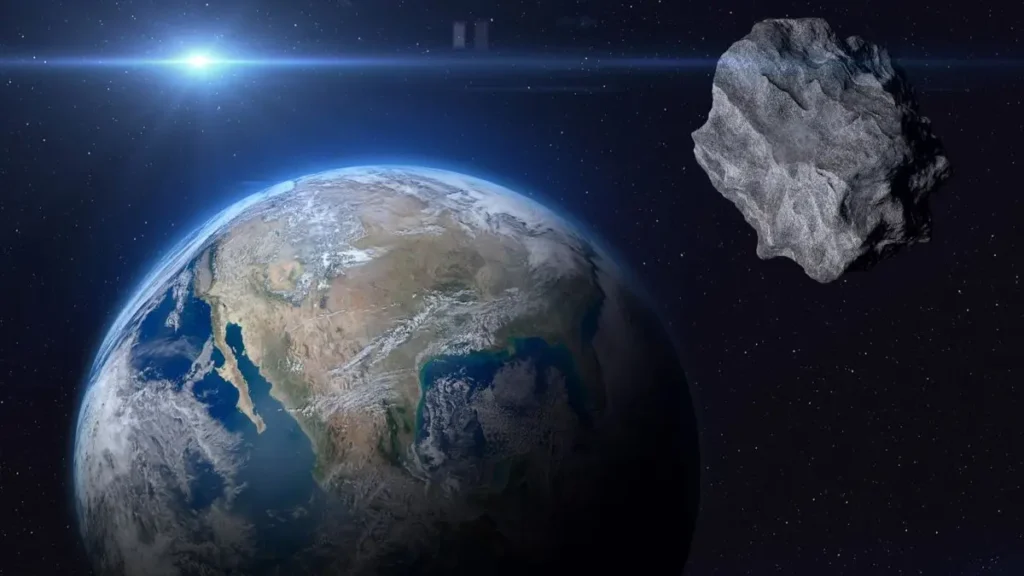
A Look at Past Impacts
Asteroid impacts have occurred throughout Earth’s history, with some causing significant effects. The most famous asteroid impact occurred around 66 million years ago, when a 10-kilometer-wide asteroid struck the Yucatán Peninsula in what is now Mexico. This event is believed to have caused the mass extinction that wiped out the dinosaurs and about 75% of Earth’s species at the time.
In more recent history, smaller asteroids have also made an impact. For example, the Chelyabinsk meteor in 2013 was a 20-meter-wide asteroid that exploded in the atmosphere over Russia, creating a shock wave that damaged buildings and injured over 1,000 people. Fortunately, such events are rare, and advances in asteroid detection are helping to minimize the risk of being caught off guard by future impacts.
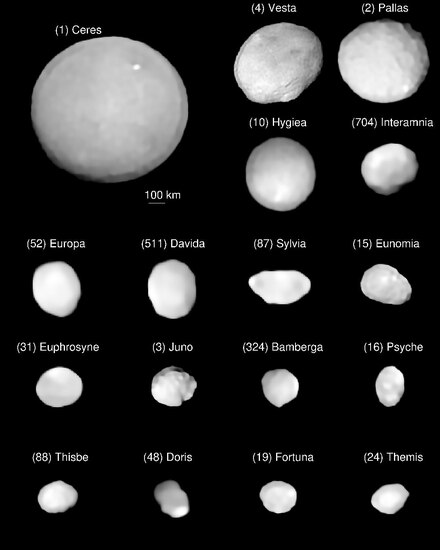
A Safe Yet Fascinating Close Encounter
While asteroid 2024 ON will pass safely by Earth in September 2024, its approach serves as a reminder of the dynamic nature of our solar system. Events like this are invaluable to scientists, offering opportunities to study asteroids up close and refine our planetary defense strategies.
There is no need to worry about the asteroid hitting Earth, but its visit is a fascinating reminder of our planet’s place in the cosmos. Whether you’re a space enthusiast or just curious about the universe, this celestial event is an exciting opportunity to learn more about the objects that share our solar system.

